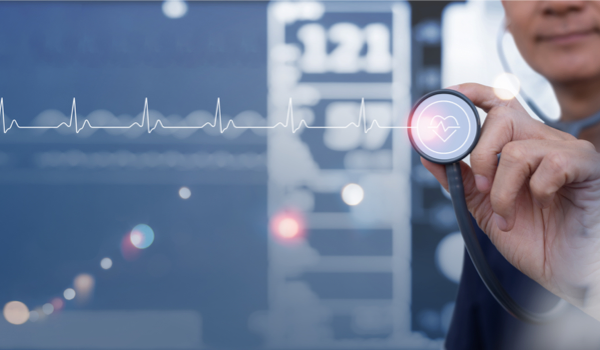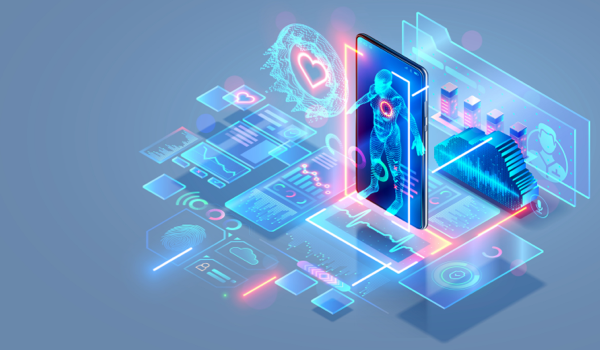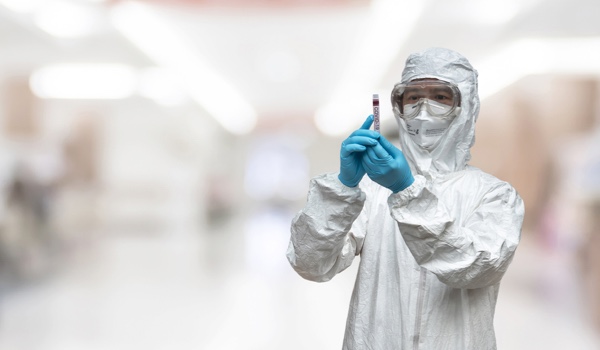


NEW YORK - The heart is one of the most important organs in the human body, a muscle that pumps blood and delivers oxygen throughout the body. It also generates signals as an electrocardiogram (ECG), which contain information in their structure, which is very helpful for cardiologists and physicians trying to detect heart disorders. However, it is not always easy to comprehend or interpret the information. Thus, it is necessary to decode the ECG for interpretation by specialists. ECG interpretation is easy in some cases but can be more complex for some signals due to heart disorders that affect the decoding process. This makes intelligent approaches essential in helping cardiologists accurately diagnose heart disorders, and automatic signal processing is an indispensable method for extracting hidden knowledge from heart signals.
One of the main emphases of intelligent methods relating to ECG signal processing is noise removal, as the heart signal often gets corrupted with noise from various sources, e.g., machine malfunctions, electrical noise from elsewhere in the body, respiration, and muscle contractions.[3] Such noise consists of both low frequency and high frequency components. The low frequency components cause baseline wander, while high frequency components such as powerline interference corrupt the ECG signal.[2] The recorded signal is distorted in a way that may make it difficult to perform any automatic diagnoses.
1. ECG
An ECG is the recorded signal generated from the activity of the heart for the purpose of diagnosis, and is done by contacting skin electrodes at specific locations on the body. ECG analysis is an effective way of detecting heart disorders,[1] where the signal is generated by polarization and depolarization of the heart when pumping blood throughout the human body. The ECG signal waveform
The content herein is subject to copyright by The Yuan. All rights reserved. The content of the services is owned or licensed to The Yuan. Such content from The Yuan may be shared and reprinted but must clearly identify The Yuan as its original source. Content from a third-party copyright holder identified in the copyright notice contained in such third party’s content appearing in The Yuan must likewise be clearly labeled as such. Continue with Linkedin
Continue with Linkedin
 Continue with Google
Continue with Google










 1370 views
1370 views







